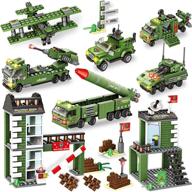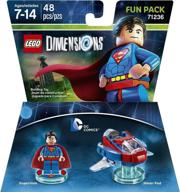
Review on Saturn 🌕 Science Building LEGO Apollo by Anthony Savage

One of the best Lego sets ever made!
First I would like to say if you like Lego and are thinking about buying this set, buy it - you will get a fantastic model. Reviews that say it doesn't mix properly or that the directions are wrong in some places are just plain wrong. I don't know the background of everyone building one of these, but if the instructions are followed EXACTLY as the blueprints are, it will work together and produce a very nice, solid model. No glue is required to hold something together as some have suggested and the pieces fit together just like all Lego pieces. While I'm sure even Lego can miss a piece in this complex set from time to time, which is certainly frustrating, the set I received was not missing any pieces. The set contains 12 packs plus a great instruction manual which includes a nice history of the Saturn V. I want to stress that if you are unfamiliar with Lego instructions or used to building complex structures as they progress during the build, you should familiarize yourself with the steps. . A few things to keep in mind when building this or any other Lego set: 1) Build on a hard surface such as a dining table or countertop. This will help stabilize the model as it grows larger, especially when building the sections in step 37. Another very important thing about building on a hard surface is that you can fully install all parts before proceeding to the next step. I don't hold the pieces in my hands primarily to put them together, I lay all the pieces on the table and FULLY PRESS THEM TOGETHER AFTER EACH STEP before continuing. This not only makes the connections as strong as possible, but also helps to align the elements when joining sections in the future. It might not sound like much, but a tenth of a millimeter here and a tenth of a millimeter there quickly adds up once you start tying knots together. I think this is where a lot of people encounter problems where the details are not right. I think this is where people are having trouble with side pieces from pack #2 not fitting properly with the sub-assembly from step 37.2). Another important thing to pay attention to is the orientation of the parts in the drawings. For example, in step 1, two pieces are connected with a seam line down the middle. Keep this seam line exactly as shown in the pictures as you go through the steps. For example, in step 4, the line connecting the parts of step 1 goes from the top left corner to the bottom right corner - keep it that way until the drawing shows the opposite, even if it's hard to tell on the drawings. This remains so until step 15, which shows the part being rotated while more detail is added. This may seem tedious, especially with a symmetrical section like the first 14 steps, but it ensures parts are installed correctly. This model is made up of many parts and a mistake at the beginning may result in something not fitting later. Lego doesn't randomize the drawings, they are oriented exactly the same in the following drawing unless they specifically show a rotated piece. 3) After each step, look at what you built and make sure it looks exactly as shown in the drawings. Count the number of protruding pins on each part and verify that the assemblies are assembled correctly. If it doesn't match the drawings, fix it now before proceeding. 4) Open a parts pack and group large parts together before beginning assembly. This will speed up assembly and you will better understand which parts to use. For parts in smaller bags, I usually empty them into a container so they don't roll around on the table and get lost. 5) Make sure you are using the correct parts. A lot of the parts look the same or are similar colors so it really helps to organize the parts like in point 4 above. This may be why some reviewers claim their kit is missing parts when in fact they used the wrong parts in the previous step and now believe the kit is missing parts. 6) If you are tired, take a break. It's a big model with lots of detail and you don't want to make the mistake of regretting it after 100 steps! a part is missing, start a review and attach some photos of the area you are having trouble with. I almost guarantee you're doing something wrong.
- Great price
- Big and bulky
New products
Comments (0)
Top products in 🧩 Toy Building Sets
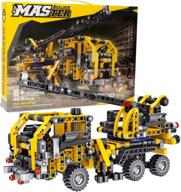
STEM Engineering Construction Set For Kids Ages 6-13 - Crane Truck Building Blocks Educational Learning Kit Gifts For Boys & Girls

10 Review
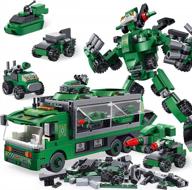
655 Piece Robot Building Kit For Kids - 6-In-1 Military Vehicle Engineering Set With STEM Learning Bricks - Perfect Toy For Boys And Girls Ages 4-8 By PANLOS

27 Review
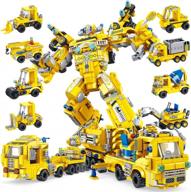
PANLOS Robot Building Kit - 723 Pieces Of STEM Learning Fun For Kids

11 Review
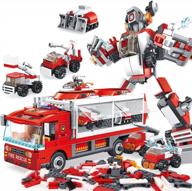
655 PCS STEM Robot Building Toy Set - 6-In-1 Fire Truck Kit For Kids Age 4-8

19 Review



